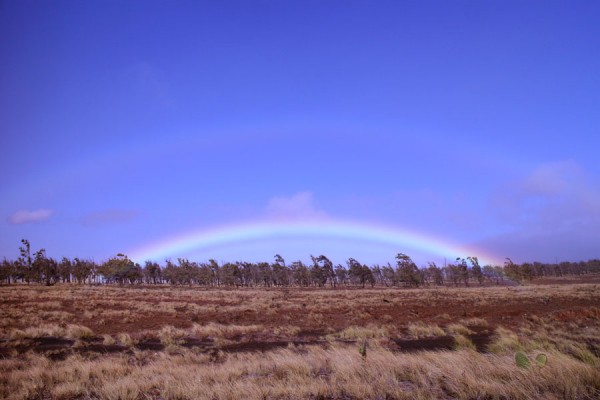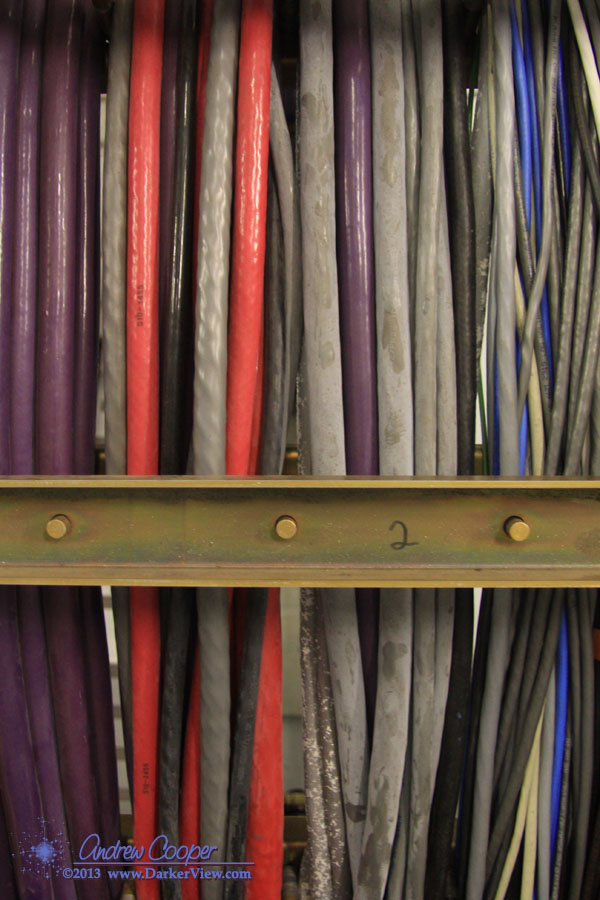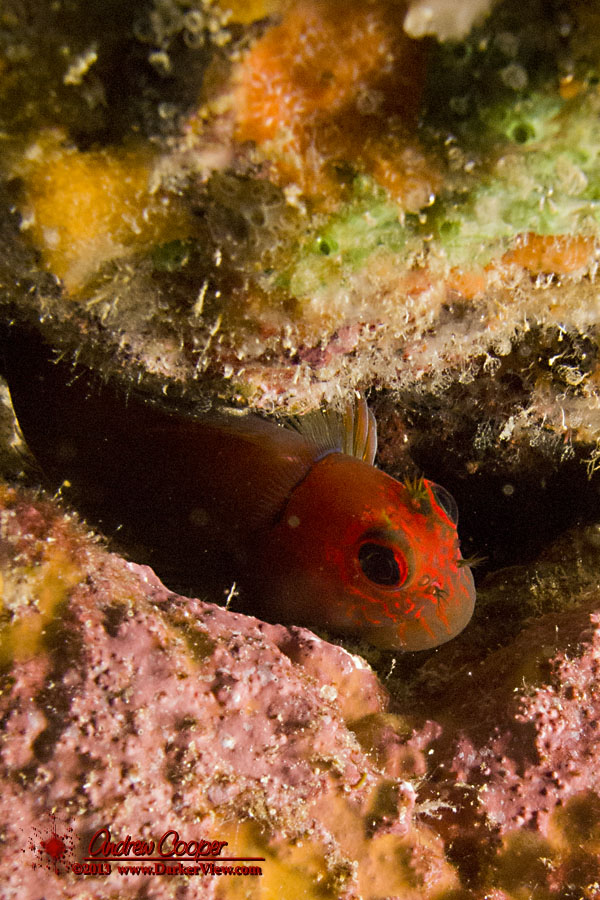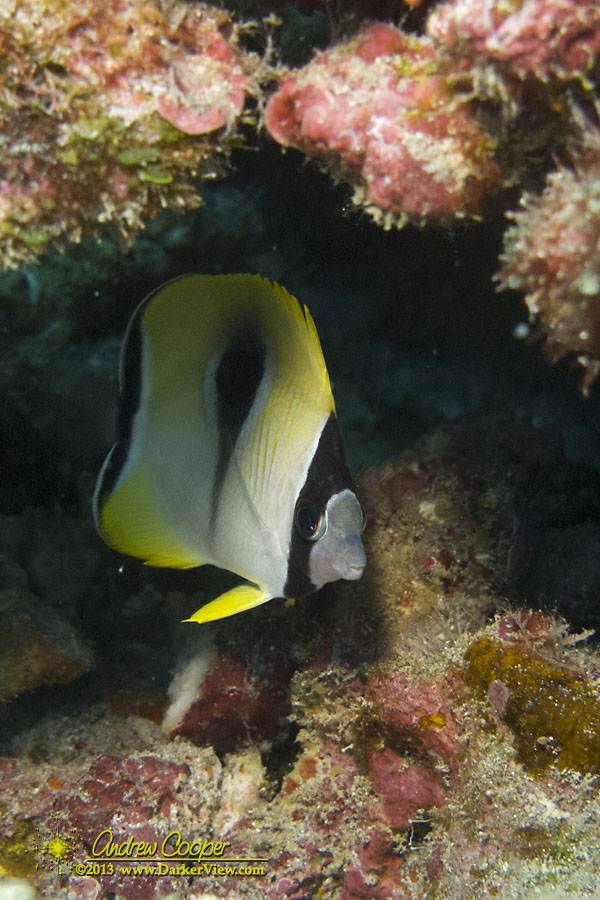This morning I was one of six cars traveling in a group towards Waimea. Then the rainbow appeared, nothing odd about that, rainbows are common here. This rainbow was a little more intense than usual, worth a second look. I slowed to allow the jeep in front of me to pull over, no surprise… An obvious tourist in a rental car and a pretty rainbow, he was going to pull over.
As we proceeded toward town the rainbow just got brighter. The next car pulled over, this time a local in an older vehicle. Then the next car, and the next, there is plenty of room to park along the Mamalahoa Highway south of Waimea.
I was now one of two vehicles from the original six… Why not?
I pull over to take photos of the rainbow.
Rainbows are not just common in Waimea, they are nearly an everyday occurrence. With the trade-winds blowing you can see a rainbow every morning and evening near the Waimea airport. Moonbows are also common in the blowing mist conditions that are prevalent here. It takes a truly spectacular rainbow to draw much comment.
A rainbow that has five out of six cars pull over?





